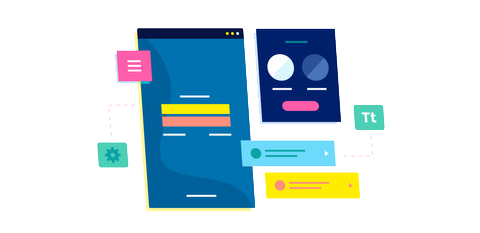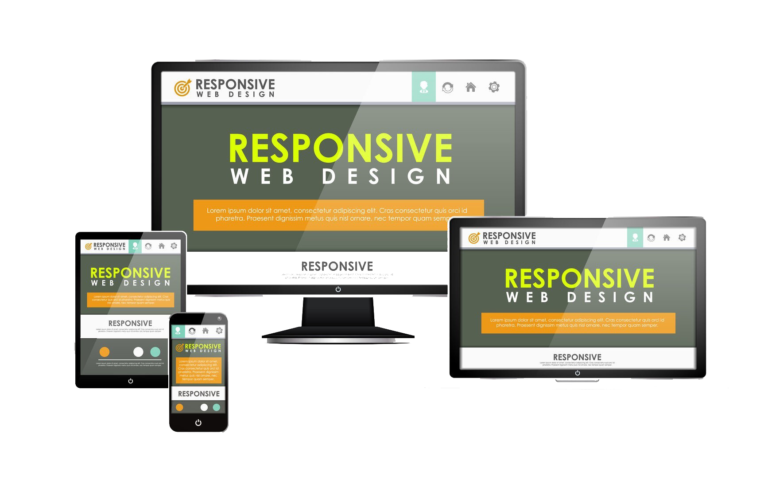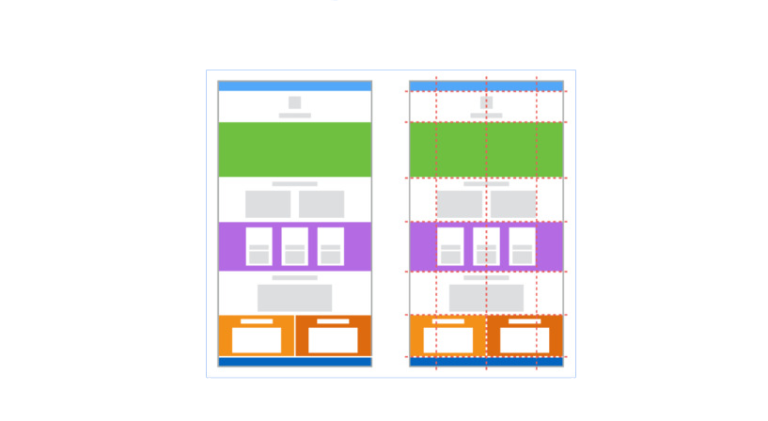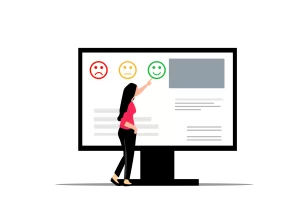
Traffic Loss Due to Poor User Experience
In today’s digital world, a website needs to be user-friendly in order to sustain and increase visitors. Low user engagement and high bounce rates are two consequences of poor user experience (UX), both of which might eventually result in lost traffic. In web development, the most important thing to do is to provide a seamless, interesting, and intuitive user experience. The following are essential strategies for enhancing web development design and preventing traffic loss due to poor user experience:
Make sure the navigation is easy to use so that customers can find what they’re searching for fast. An orderly sitemap, a sensible categorization scheme, and easily navigable menus may all significantly improve a user’s experience when browsing a website.


Given how often people use mobile devices, having a responsive design is essential. Make sure your website is responsive, so users can access it easily and consistently across a range of screens and devices.
Slow-loading pages may drive away visitors. Use content delivery networks (CDNs), optimize images, minimize HTTP requests, and employ browser caching to improve the speed at which pages load and the overall performance of your website.


Use white space wisely, use a readable font, and create an eye-catching layout that facilitates text navigation for readers. Well-organized content is easy to read and encourages readers to go deeper.
Calls to action (CTAs) should be strategically and successfully placed to entice visitors to complete desired actions, such as making a purchase, signing up for a newsletter, or requesting more information. Effective calls to action have a significant impact on user involvement.


Ensure that your website is accessible to all users, including those with disabilities. Adhering to accessibility rules demonstrates your concern for equality, user experience, and audience growth.
Utilize feedback mechanisms, such as surveys, polls, or user testing, to get data on user behavior and preferences. This data can support the website’s iterative improvement of the user experience.


In conclusion, a solid web development design that prioritizes the user experience is necessary to prevent traffic loss. By focusing on user feedback integration, clear CTAs, responsive design, page load speed, compelling content organization, and simpler navigation, web developers can create an environment that encourages visitors to participate, explore, and return. Ultimately, adopting a user-centric approach to web development design is the key to decreasing lost traffic and promoting continuous user participation.
